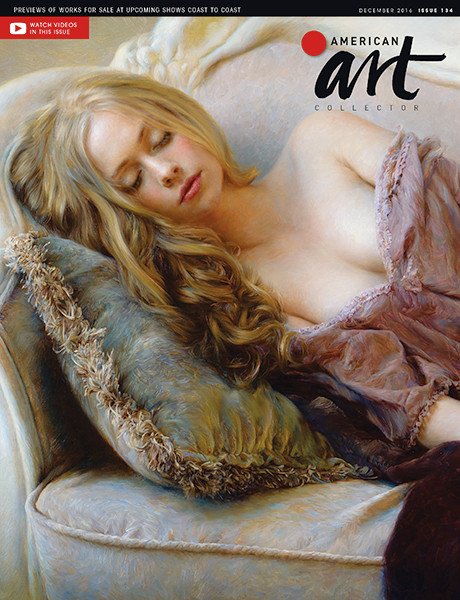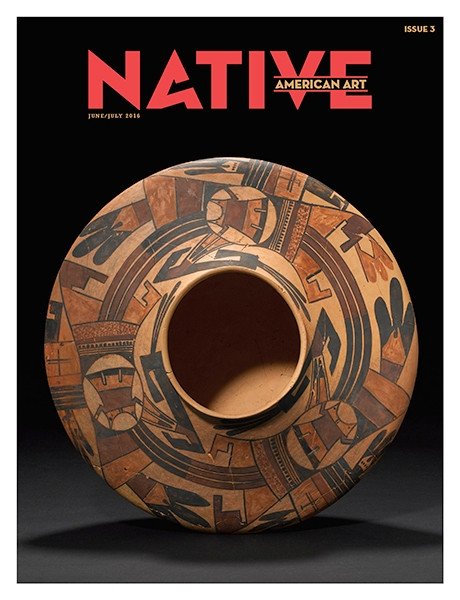In 2016, my husband and I decided to leave our bustling San Francisco lives and see what it feels like to live in Carmel-by-the-Sea on California’s central coast, a place we both knew and loved. Within a few months we decided to stay, and my art practice was unexpectedly transformed.
Stimulating city sights and sounds were replaced by mists, twisting cypresses, falling asleep to the sound of the sea and year-round flowers. Almost immediately, I felt called to use flowers as my subjects, and so I began my Flora Portraits series. Now I spend my days in the company of flowers, gathering them, photographing them for references, writing about them in my art journals and painting them. They are symbols of beauty, yes, but they are also messengers. They tell us stories about the power of strength within seeming fragility, of hope, grace, resilience and renewal. They can be our teachers and transform our lives, if we slow down long enough to see and listen.

Aspire, oil on linen, 36 x 24" (91 x 60 cm) I painted the first layer of these joyful anemones opaquely, using paint without medium. For the subsequent layers, I used glazes, seeking dramatic value shifts within each flower. The biggest challenge was the background. I needed something dark enough to show the white flower, but light enough to illuminate the dark one. After several layers, I ultimately found the perfect creamy color, which I applied from dark to light, top to bottom.
Some of these paintings are portraits of an individual flower, exaggerated in scale, which becomes a metaphor for grace, resilience and joy. Other paintings are composed of multiple flowers, arranged lying on a flat surface so that their cast shadows are equal subjects in the painting. Each flower or garden I paint is a powerful individual presence to me. I try to evoke its inner essence and keep alive forever the messages it offers to the world.

Blessing, oil on linen, 36 x 24" (91 x 60 cm) Blessing was a commission by a husband as a second anniversary gift to his wife. I chose two lush peonies to symbolize their marriage, which is a blessing in their lives, and arranged them nestled together, supporting one another. I wanted a dark background to help the peonies “pop,” and after several attempts, mixed a nearly black purple that shimmers and glows on the canvas.

When I begin a painting, I spend several days or weeks gathering flowers and “playing” with them. I want to see them in early morning or late afternoon light—when the shadows are long and tinged with violet. Eventually, after several days, I will find an arrangement that sings to me. Then I photograph them (always in morning or late afternoon sunlight) for my reference photos, put the flowers in vases in my studio to be my companions and get to work on the canvas.
I paint in oils, using a process that is a hybrid of the alla prima and indirect painting methods. The first layer of paint is alla prima, in which I lay in the entire painting using oil paint with the tiniest bit of linseed oil when needed. In this stage, I focus only on hue, form and value, and try not to get too absorbed in details (this is hard because I love painting details!). Once that layer is dry, I use the indirect method of multiple transparent glazed layers to create detail and depth, and I use opaque paint for the highlights. I will often repaint the background several times as well—balancing warm versus cool, dark versus light—to make my subjects pop.

Exult, oil on linen, 36 x 24" (91 x 60 cm) I wanted to capture the exuberant spirit of these tulips, so I took a long time arranging them as if they were dancing. Once I found the perfect pose, I photographed them in sunlight which made the tulips nearly transparent. My challenge was to keep the palette light and airy, yet still show the drama of the tulips. For the transparent petals, I used many glazed layers and used opaque paint for the other petals.
I am a slow painter. Each painting takes three to six weeks to complete, depending upon the size of the canvas. I paint slowly by necessity, but more importantly by intention. I love my art practice so much that I choose to be there for it, day by day, year by year. My devotion to slow painting anchors and steadies me, which is a wondrous thing in our increasingly noisy, fast-paced world.
My Art in the Making Victoria’s Beauty

Reference Photo
For this painting of two irises and a peony, I photographed each flower individually, outdoors in morning sunlight. Then I used the Procreate app to combine the images into a pleasing composition. I toned the canvas with titanium white, burnt sienna and manganese violet, thinned with Gamsol. Next, I lightly sketched in the flowers using a white pastel crayon. Once I began painting, I viewed my reference photos on an iPad when needed.
 Stage 1
Stage 1Stage 1 First Flower, First Layer
For the first layer of paint, I am trying to focus on the form of the petals, not value and hue. I am using paint straight from the tube, thinned with refined linseed oil.
 Stage 2
Stage 2Stage 2 All Blocked In
All of the flowers are blocked in. This is the “work” part of a painting for me. Now I can see where I want to intensify shadow, deepen color and add detail in the glazed layers.
 Stage 3
Stage 3Stage 3 Time to Glaze
I’ve put in the first layer of the background, added the stems and leaves and am now refining the value and detail of each flower using a thin layer of paint, lightly applied.
 Stage 4
Stage 4Stage 4 The Peony Palette
This is my glazing palette for the peony. I am still using refined linseed oil to thin the paint. I allow everything to “marry” in the center of the palette to create beautiful, unexpected colors.
 Stage 5
Stage 5Stage 5 Finding Drama
I decided the background was too gray, so I created a deep “eggplant” hue, which allowed the flowers to glow. I am pushing and pulling here, popping the highlights with opaque paint and finding depth in the shadows.
 Stage 6
Stage 6Stage 6 Taking Notes
One of the most essential steps in each painting is note-making in my journals. I record the paints I used and swatches of the mixtures, often referring back to them when adding the glazes.
 Stage 7
Stage 7Stage 7 Finding Harmony
Victoria’s Beauty, oil on linen, 24 x 36" (60 x 91 cm)
I refined details in the petals, added a blue/violet glaze to the bottom iris shadows, softened all edges, deepened some darks and selectively popped the highlights to unite everything.





